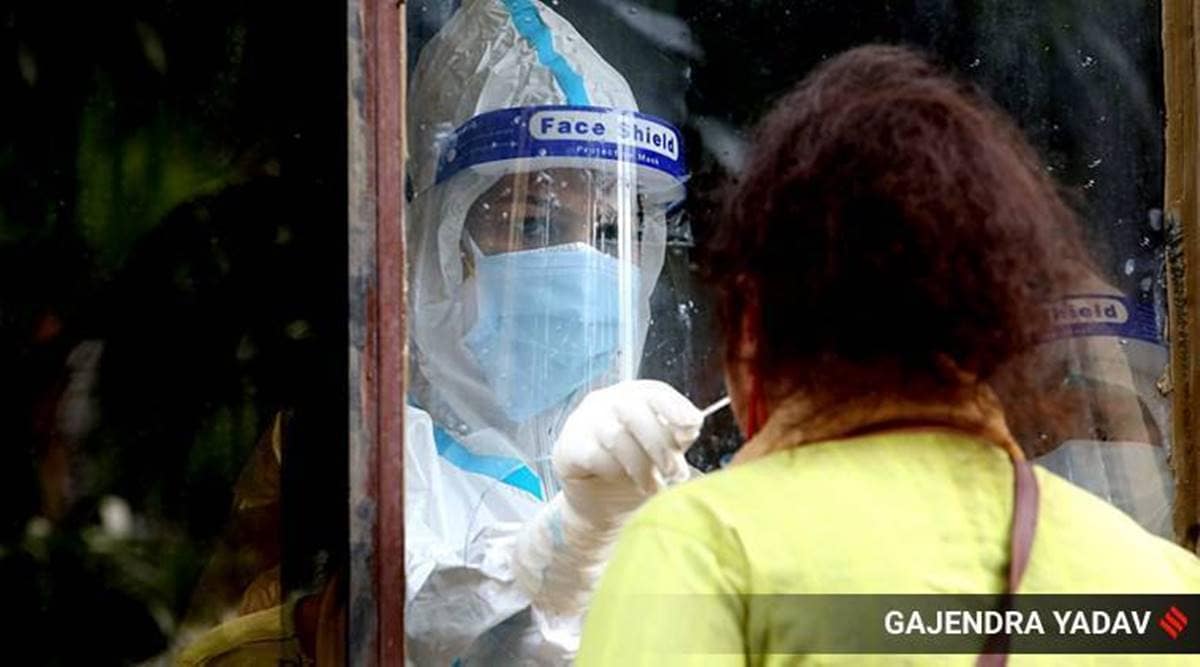 The new study, 'Prevalence of COVID-19 In Rural Versus Urban Areas in a Low-Income Country: Findings from a State-Wide Study in Karnataka, India' was published recently as a preprint in medRxiv.
The new study, 'Prevalence of COVID-19 In Rural Versus Urban Areas in a Low-Income Country: Findings from a State-Wide Study in Karnataka, India' was published recently as a preprint in medRxiv.Even as the overall Covid-19 situation has improved in the last two months, the pandemic in India crossed a grim milestone on Friday night, with the number of infected crossing the 10 million (1 crore) mark.
India is only the second country in the world, after the United States, to have more than 10 million confirmed novel coronavirus infections.
However, the epidemic in India now seems to be in steady decline, whereas several countries in Europe and the Americas are passing through their worst phase.
The US has been reporting between 2 lakh and 2.5 lakh cases every day, while Brazil is detecting over 50,000 cases daily. Germany, the United Kingdom, Italy, and Russia are in the midst of a major new surge – with more than 20,000 people getting infected daily in several of these countries.
During its worst period in the middle of September, India was finding over 90,000 infections a day. But following an unexpected turnaround, the number of cases declined consistently. From a peak of over 10 lakh cases in the third week of September, active cases have come down to just about 3 lakh now.
There has been a corresponding drop in the number of coronavirus-related deaths as well. During all of September, more than 1,000 deaths were being reported every day from across the country. That number is now below 400. So far, about 1.45 lakh people are known to have died from the disease in India.
The fact that the downward trend in the detection of new cases has survived the long festival season, state Assembly and local body elections, and the steady removal of restrictions on movement and gatherings of people, has brought hope that the worst may be over.
Since other possible reasons for the fall in numbers – such as low testing or universal adoption of masks – are also ruled out, some experts and scientists are now inclined to believe that the actual disease prevalence in the population could already have reached a very high proportion, perhaps much higher than what serosurveys have been suggesting.
This would mean that a substantial proportion of the population – possibly 40 to 50 per cent or more – has already been infected, and gained immunity, thus bringing some community-level protection to others. However, there is no empirical evidence to support this assumption right now.
Declining numbers, meanwhile, have eased the burden on healthcare workers and the health infrastructure. States like Andhra Pradesh, Tamil Nadu, and Karnataka, which at one point were reporting between 8,000 and 10,000 new cases every day, are now finding cases in hundreds. Kerala is the only state which continues to report around 5,000 cases per day.
The slow of the infection has meant that it has taken almost a month for total confirmed cases to move from 90 lakh to 1 crore. During September and October, India was adding 10 lakh cases in less than two weeks.